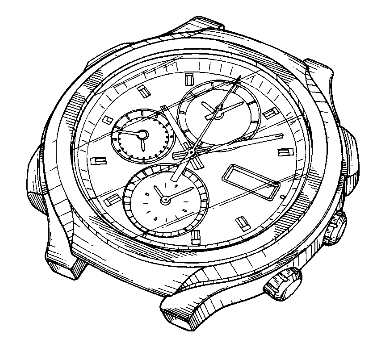Considering the Design Patent
The question I get asked most often is “can I patent this?” I usually respond with “why do you want to patent it?” it makes a big difference. Business objectives drive patent strategies, and there are a lot of strategies to choose from. One involves the design patent.
Unlike utility patents, which protect specific processes or components and their functions, design patents protect the design or appearance of a product. Design patents are not as prevalent as utility patents but are becoming more popular because they offer certain advantages when compared to utility patents.
First, the patent process costs much less for design patents than for utility patents. patent attorney and USPTO filing fees are quite a bit smaller. Also, once issued (and unlike utility patents) design patents don’t require ongoing and periodic maintenance fees. Second, applications have a higher chance of becoming patents with the design versus utility category. Third, USPTO examination is much quicker for design patent applications than for utility patent applications.
Design patent applications also offer a few intangible benefits. They allow you to market your product as “patent pending”, providing a level of transactional support for investors, partners, and customers, as well as signaled deterrence against competitors. They also meet the requirements of patent law’s new “first-to-file” rule, which effectively grants rights in a product to the first person to file for them.
As with any strategy, these advantages are offset by certain limitations. While a design patent is effective for preventing copycats, the protection it offers becomes less as a copier adds differences to his design relative to utility patents. For design patents, infringement occurs when two designs are substantially similar in overall appearance to an ordinary observer.
So, design patents can be ideal for relatively simple, manufactured products where the applicant wants to: (1) portray the product as “patent pending”; (2) come quickly into the market with narrowly defined protections that would prevent copycats; and (3) keep costs down.

for design patents, the parameters of protection are defined by figures like this from the uspto design manual. careful drafting which incorporates some features while omitting others is critical to get the most protection possible.
